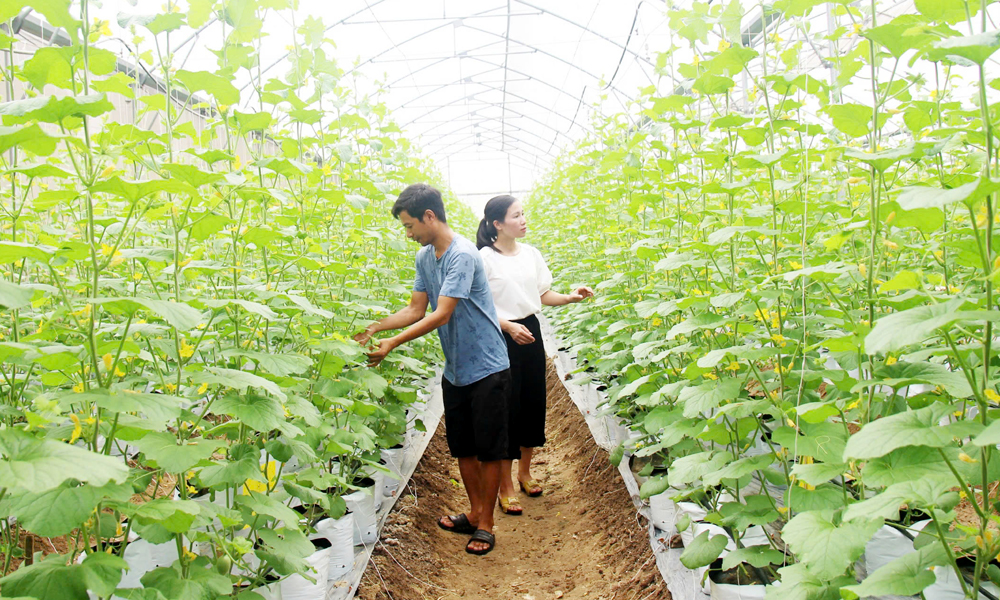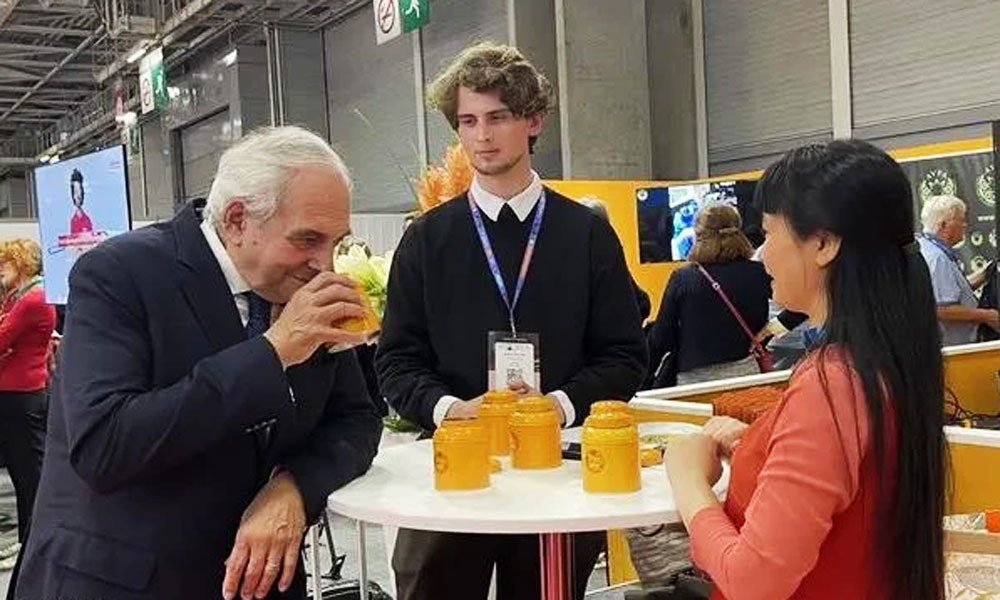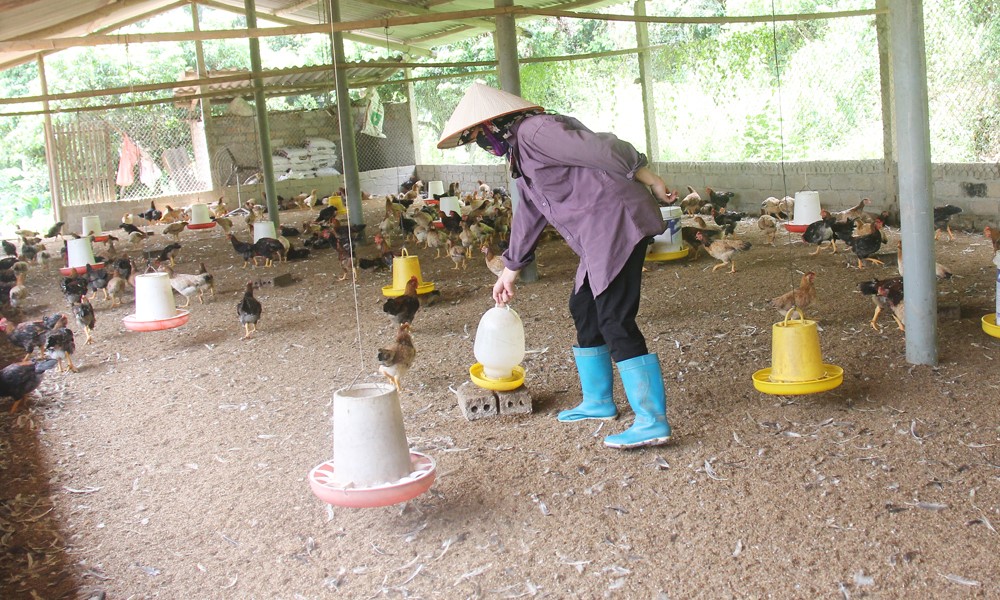Livestock exports expected to fetch 1.2 billion USD this year
Phung Duc Tien, Deputy Minister of Agriculture and Rural Development, said 8,800 tonnes of pork were exported for 44 million USD, nearly 17,800 tonnes of poultry meat for 18.8 million USD, 7.4 million poultry eggs for 1.4 million USD, nearly 23,000 tonnes of honey for 28.7 million USD in the period, besides, dairy products and animal feed and raw materials for making animal feed for 230 million USD and 516 million USD.
 |
|
7.4 million poultry eggs were exported for 1.4 million USD in the first nine months of 2019. |
Vietnam began exporting processed chicken in 2017 to Japan, one of the most demanding markets in the world, he said.
By the end of last year 1,080 tonnes of processed chicken had been shipped to Japan for nearly 6 million USD.
Total poultry meat exports last year topped 25,762 tonnes, 124 percent more than in 2017.
Though volumes had not been large, these exports had greatly improved Vietnam’s commercial reputation.
Nguyen Xuan Duong, Acting Director of the Department of Livestock Husbandry, said they were proof of the efficiency of authorities, capability of livestock enterprises and the quality and safety of Vietnamese livestock products.
According to the ministry, nine Vietnamese companies have exported chicken eggs and salted eggs to Singapore, Hong Kong, Japan, Taiwan, Korea, Cambodia, Laos, and Australia, while one has exported fertilised chicken eggs to Myanmar.
Enterprises have also exported pigs and sucklings on the hoof and frozen sucklings to Hong Kong and Malaysia.
Honey exports increased strongly in 2008-2018 to reach over 40,000 tonnes last year, with the main markets being the US, the EU, Japan, the Republic of Korea, and Thailand.
The country has exported dairy and dairy products to many countries and territories.
Last month, TH Milk JSC became the first Vietnamese firm to export dairy products to China following a protocol signed between the two countries.
Duong said despite achievements, the sector faced challenges due to its small scale, poor management, low productivity, poor control of diseases, and a lack of linkages between farming, slaughtering and processing in the production chain.
There were also problems with food safety, hygiene and disease control, he added.
The Strategies for Livestock Development by 2020 and 2030 envisages focusing on breeding pigs, poultry, cows for meat, and dairy cows, which could help the country achieve its potential and expand exports.
To achieve its targets, livestock production will be developed by modernising and industrialising farms.
The industry has to reorganise slaughtering and processing to ensure hygiene, safety and environmental protection.
Enhancing linkages between businesses, co-operatives, business groups, and small farmers and breeders would be very important for developing the sector in a sustainable manner, Tien said.
The Law on Animal Husbandry, which comes into effect on January 1 next year, would help build a closed animal husbandry industry, increasing exports of livestock products, he added.
Source: VNA
 Bắc giang
Bắc giang














Reader's comments (0)